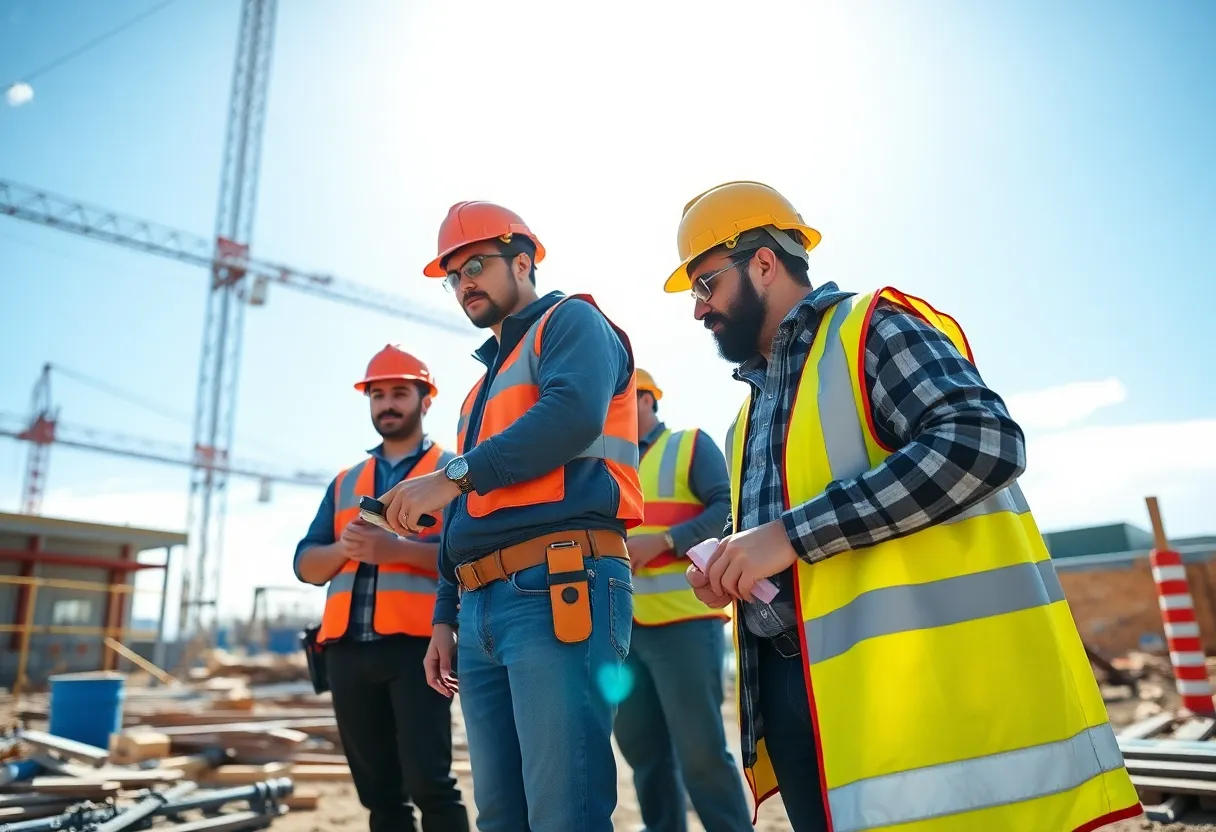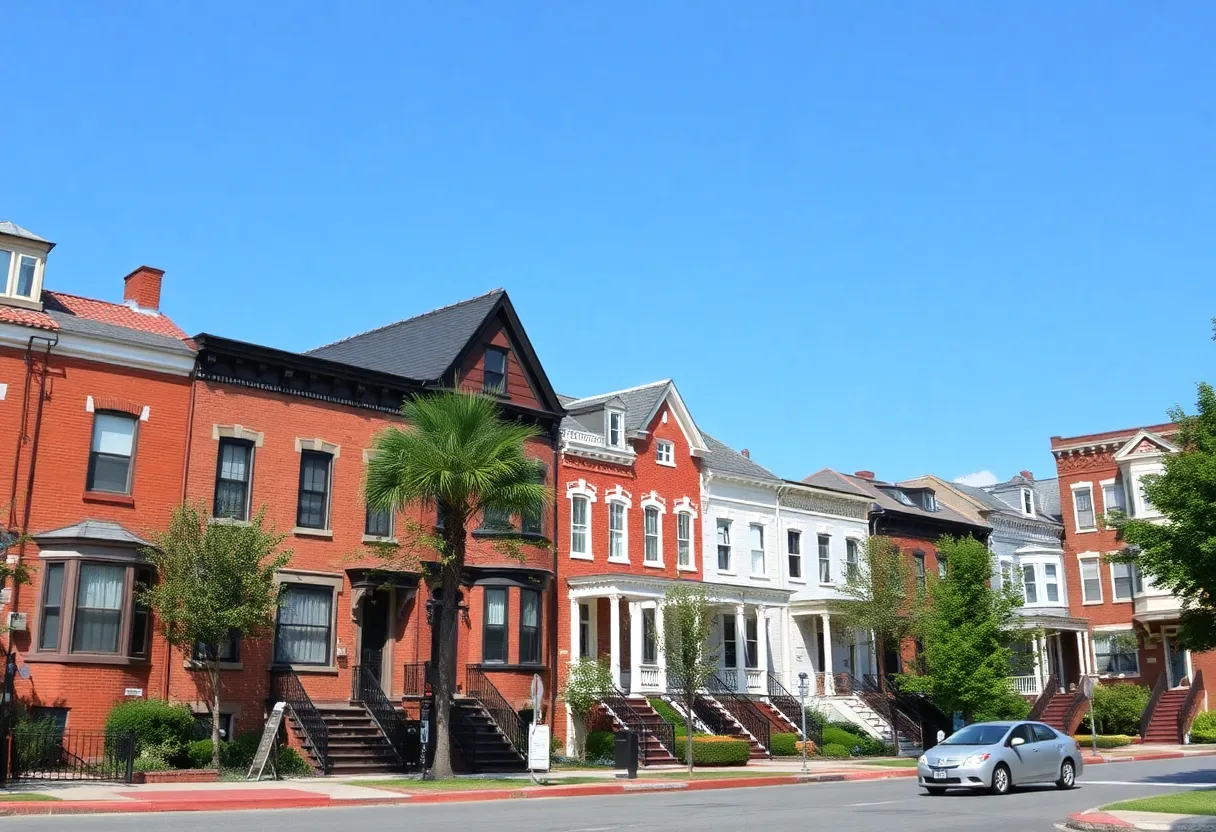News Summary
The 2025 Construction Conference showcased industry leaders discussing vital updates on legal changes and risk management within the construction sector. Topics included the enforceability of noncompete agreements, current overtime pay thresholds, and upcoming OSHA regulations on heat-related work hazards. A significant emphasis was placed on new legislative developments, including Executive Order 14173 regarding diversity, equity, and inclusion policies. The conference urged ongoing collaboration among builders and regulatory bodies to ensure the future of safe and affordable housing amidst evolving regulations.
Charlotte, North Carolina – The 2025 Construction Conference brought together industry leaders to discuss critical updates on legal changes, risk management, and ongoing challenges facing the construction sector. A significant focus of the conference was on strategies to mitigate risk and enhance the competitive position of companies as they navigate evolving regulations.
Emily Massey, a board-certified specialist in employment law in North Carolina, reaffirmed that noncompete agreements remain enforceable, countering the misconception held by many in the construction industry. Employers are encouraged to routinely review these agreements with legal counsel to ensure compliance and protection of their business interests.
The conference highlighted the current minimum salary threshold of $684 per week, which amounts to approximately $35,568 annually, for classifying employees as exempt from overtime pay. This figure is subject to change, as overtime exemption guidelines are frequently updated. Companies were advised to consult with human resources experts to navigate the complexities of these regulations effectively.
The discussion on labor regulations also touched on potential changes that may arise under the Trump administration, particularly regarding overtime rules. Employers were warned about the risks associated with misclassification of independent contractors, emphasizing that the degree of control exerted by employers can determine classification status and associated liabilities.
Reflecting on recent developments, it was noted that the National Labor Relations Board (NLRB) became more active during the Biden administration, with recent predictions about the removal of its General Counsel confirmed. This underscores the ever-shifting landscape of labor relations and the need for businesses to stay informed.
As part of promoting workplace safety, the conference featured a proposed rule by the Occupational Safety and Health Administration (OSHA) aimed at mitigating heat-related hazards. This rule calls for public hearings scheduled for June 16, 2025, and mandates breaks and hydration protocols for workers when the heat index exceeds 80°F, with additional monitoring requirements at 90°F.
Another key discussion point involved Executive Order 14173, issued on January 31, 2025, which prohibits illegal diversity, equity, and inclusion (DEI) policies within federal agencies and contractors. Although compliance with Title VII is urged, the order does not outright ban DEI initiatives, which continue to be a topic of importance within the industry.
Luke Tompkins, a commercial litigation attorney, introduced the Notice of Contract as an essential instrument for general contractors seeking protection against subcontractor liens. To be effective, this notice must be prominently displayed at the job site and filed within 30 days of the issuance of a building permit, shifting the onus onto subcontractors to maintain their claim rights.
In a session addressing insurance, Jeff Stoddard discussed the limitations of commercial general liability (CGL) insurance policies, outlining common exclusions and emphasizing that CGL is not a warranty and does not cover substandard work or repairs already stipulated in contracts. Contractors were encouraged to enhance their risk management strategies by including indemnification clauses and ensuring they are listed as additional insureds on subcontractors’ policies.
Miscommunication with insurers can lead to coverage denials, highlighting the importance of accurate representations in disputes and responses to licensing board inquiries.
Looking ahead, decisions made at the conference pointed towards upcoming legislative changes that could significantly affect housing construction and safety standards, particularly in North Carolina. Legislators received warnings about potential safety risks stemming from proposals to relax construction regulations and inspections, igniting concerns over both affordability and public safety.
The session underscored the necessity for ongoing cooperation among builders, local governments, and regulatory bodies to foster safe and affordable housing developments, ensuring that industry leaders are well-equipped to navigate the evolving construction landscape.
Deeper Dive: News & Info About This Topic
HERE Resources
Additional Resources
- Ward and Smith: Construction Conversations Legal Update
- JD Supra: The Site Report on Construction Law
- WBTV: New North Carolina Laws Could Make Homes Less Safe
- National Law Review: House Bill 47 on Building Codes
- Mondaq: Building Momentum at the 2025 Construction Conference
- Wikipedia: Construction
- Google Search: Construction Law
- Google Scholar: Construction Safety Regulations
- Encyclopedia Britannica: Construction Industry
- Google News: North Carolina Construction Laws
Author: STAFF HERE BALTIMORE WRITER
The BALTIMORE STAFF WRITER represents the experienced team at HEREBaltimore.com, your go-to source for actionable local news and information in Baltimore, Baltimore County, and beyond. Specializing in "news you can use," we cover essential topics like product reviews for personal and business needs, local business directories, politics, real estate trends, neighborhood insights, and state news affecting the area—with deep expertise drawn from years of dedicated reporting and strong community input, including local press releases and business updates. We deliver top reporting on high-value events such as the Baltimore Book Festival, Preakness Stakes, and Artscape. Our coverage extends to key organizations like the Baltimore Chamber of Commerce and Visit Baltimore, plus leading businesses in shipping and healthcare that power the local economy such as the Port of Baltimore and Johns Hopkins Medicine. As part of the broader HERE network, we provide comprehensive, credible insights into Maryland's dynamic landscape.





